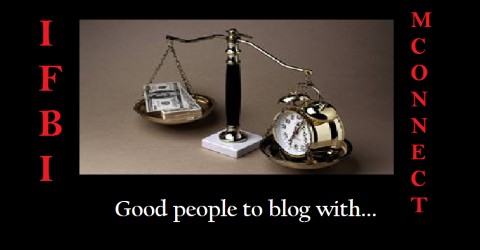The Reserve Bank of India (RBI) on 26th july 2011 hiked benchmark rates again by a stiff 50 basis points. This has raised fears that household budgets would be severely tested by the combined impact of 11 consecutive hikes in interest rates since March last year.
The increase will also push up Equated Monthly Installments (EMI) for home and auto loans and make it more difficult for consumers to go in for fresh purchases. However, it is good news for savers who invest in fixed deposits as their returns will go up. Analysts say on an average, EMIs have risen by almost 20% over March last year.
RBI raised the short-term lending (repo) rate by 50 basis points to 8 per cent which caught markets by surprise as the expectation was a hike of 25 basis points (100 basis points equals 1 per cent) hike.
RBI Governor D Subbarao said in his monetary policy statement that hike was directed at fighting inflation which continued to be high and moderating inflation was important for sustaining growth. Finance Minister Pranab Mukherjee said the RBI had given a strong signal to moderate inflation.
With inflation already hurting household budgets, increase in interest rates for loans taken by consumers to buy cars, homes and consumer durables was a double whammy. These sectors have already been seeing a slowdown due to interest rate hikes.
“The cumulative increase over the past year will test the budgets of those repaying their loans,” said Anil Kothuri, executive vice president, Edelweiss Housing Finance. Home loan rates will move up again and it will also constrain the reduce the eligible loan amount for new home loan applicants.
Banks are likely to pass on the hike to consumers making loans even more expensive.
Yes Bank raised lending rates, while ICICI Bank MD & CEO, Chanda Kochhar said that banks would review the movement in funding costs and effect further increases in lending rates based on the review.
The hike will also result in increase of property prices, said Pradeep Jain, chairman, Confederation of Real Estate Developers’ Association of India (CREDAI) said real estate developers were left with no choice but to pass on the same to the buyers resulting in a increase in property prices.
Estimates suggest that the cumulative effect of rate hikes means that now the EMI is around Rs 980 on a loan of Rs 1 lakh. Home loan eligibility for home buyers has also gone down.
The rate hike is worrying for the industry, which sees dim growth prospects. With the growth momentum already under pressure, the move will hurt the future prospects. “Even the projected growth rate of 8 per cent for the year now looks difficult to achieve,” says Rajiv Kumar, secretary general, FICCI.
Chandrajit Banerjee, director general, CII said there might be a tipping point beyond which arresting the downward growth spiral may be difficult.



